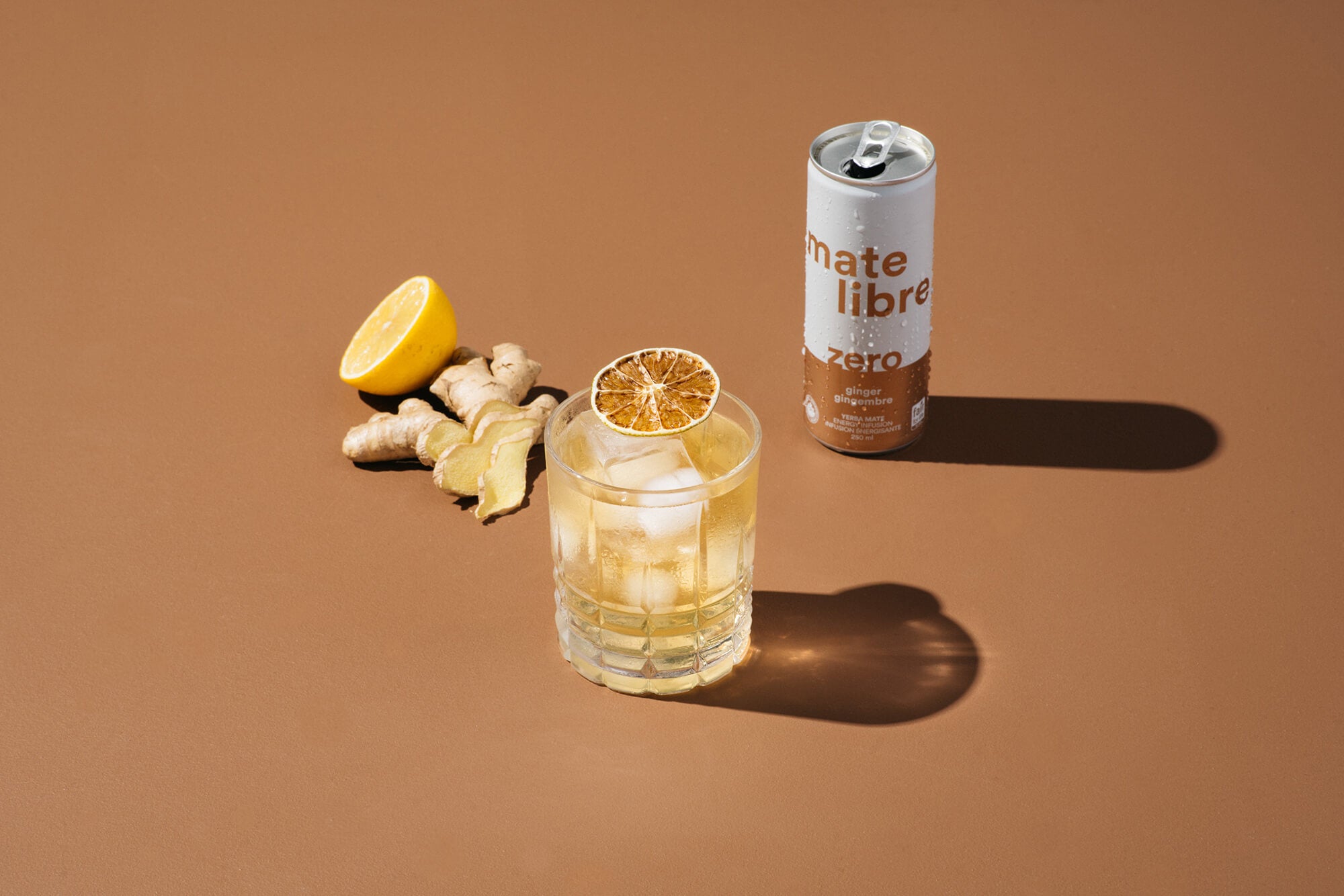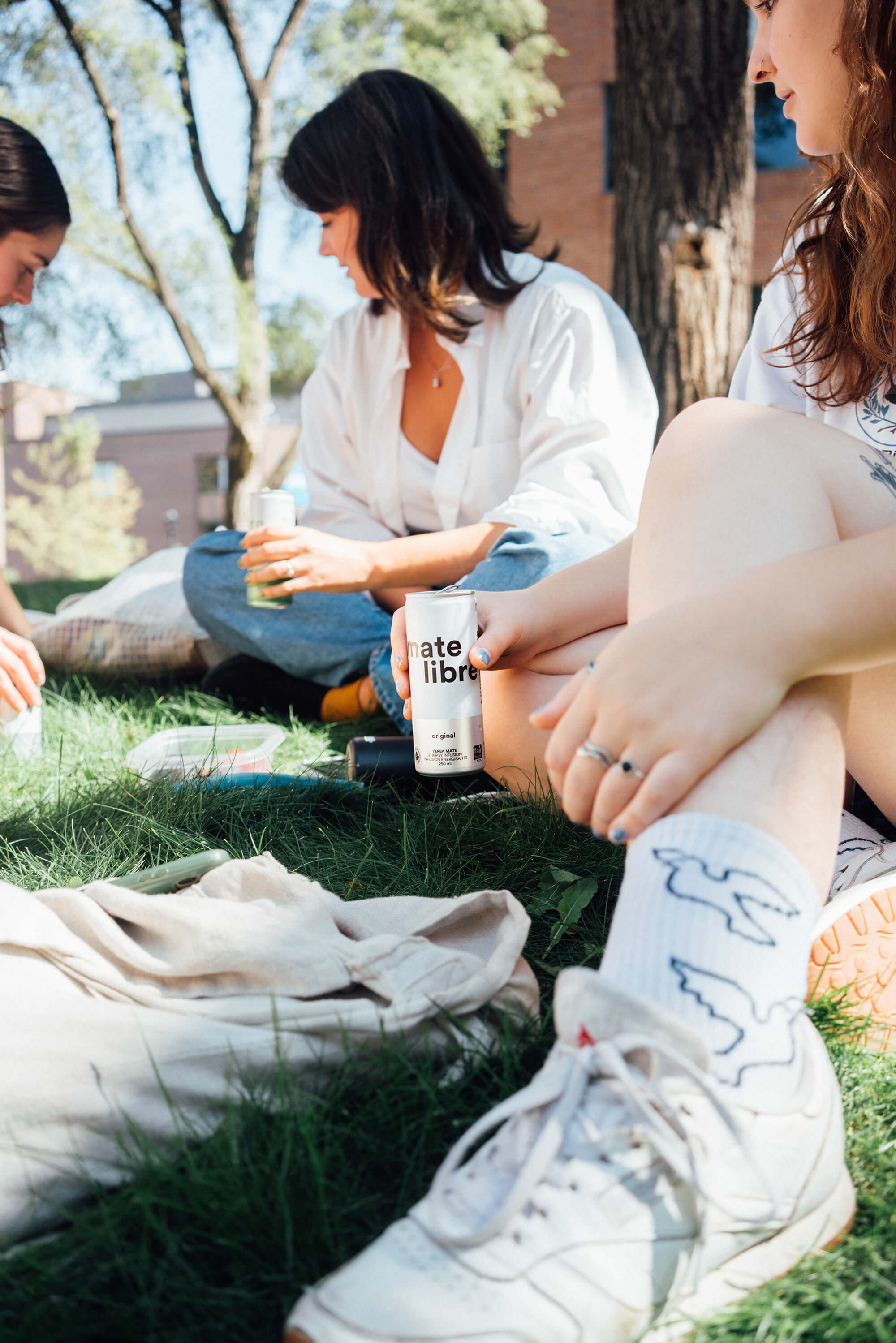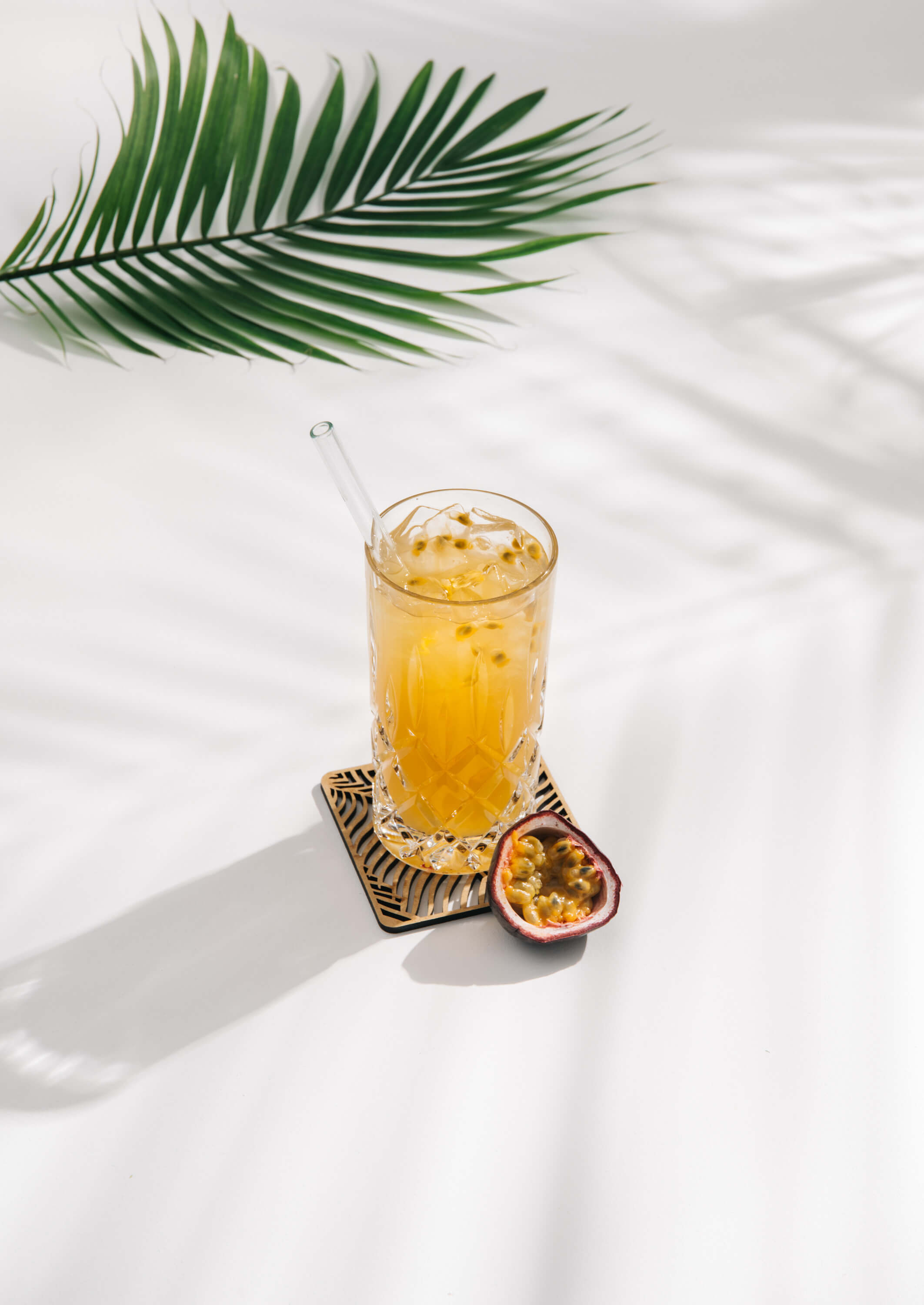
Yerba mate and matcha are two of the most popular drinks in the health and fitness world today. Unfortunately, some people still don’t know the differences between yerba mate and matcha, and many people confuse one for the other.
Both drinks are delicious, and both have caffeine and antioxidants. But they also have many distinguishing differences, too. That’s what we’re going to get at in this article.
After a quick overview of the origins of yerba mate and matcha, this article will overview the main differences and similarities between two of the most popular and most yummy drinks in the world right now.
Keep reading!
Origins of Yerba and Matcha
The first matcha seeds were allegedly introduced to Japan in the 12th century by Chinese monks. Yerba mate, on the other hand, has been consumed by Indigenous groups of South America since approximately 3000 B.C.
What is yerba mate? The yerba mate plant comes from the Ilex paraguariensis tree. The plant’s leaves and stems are processed to create a tea, which is typically prepared in and consumed from a gourd. In many countries, yerba mate tea is brewed and shared among a group of people as a demonstration of familiarity and companionship.
In contrast to the more course yerba mate, matcha is a fine powder made from steamed and ground tea leaves. Importantly, matcha must be shade-grown for the final weeks of the harvest, which is responsible for the plant’s sweet flavour and bright green colour. Typically, matcha is stone-ground and either consumed as a tea or mixed with various baked goods to enhance and alter flavour.
Preparation and Taste
Matcha is typically prepared in a small bowl using a whisk. Approximately a tablespoon of matcha powder is sifted into the bowl, then some hot water is added to the powder. This mixture is whisked until smooth, and then more water is added. The mixture is whisked until it becomes frothy. The drinker can alter the ratio of matcha to water to deliver a stronger or lighter taste.
With matcha, drinkers can expect a sweet, smooth, rich, umami, and slightly bitter flavour.
Yerba mate is typically prepared in a gourd using a traditional straw called a bombilla, which has a small filter at the bottom of the straw to prevent the drinker from swallowing pieces of plant-matter. Yerba mate is prepared by adding ground leaves and stems to a gourd and allowing the tea leaves to steep in hot water. Drinkers typically refill the same gourd and share among friends in social situations.
With yerba mate, drinkers can expect an earthy, grassy, slightly bitter taste. Importantly, yerba mate can differ from one country to the next, depending on where the yerba is from. Regardless, yerba mate remains one of the most popular drinks in the world. Yerba is now consumed all over South America, North America, and it’s even popular in the Middle East!
In Canada and the United States, Mate Libre yerba mate beverages are taking people by storm! Don’t feel like brewing your own yerba mate tea? Try Mate Libre for a delicious, refreshing, energizing yerba mate beverage!
Nutritional Facts and Benefits
Matcha contains an important range amino acids, antioxidants, and – crucially – caffeine. One serving of matcha contains approximately 70mg of caffeine. Research has shown that consuming matcha can help promote liver health, heart health, and even contribute to weight loss.
Yerba mate also contains an important yet different range of amino acids and antioxidants compared to matcha. Yerba mate also contains caffeine. One serving of yerba mate contains approximately 80mg of caffeine.
Yerba mate has a wide range of benefits. Yerba mate has been shown to boost energy and increase mental alertness without any of the negative effects that can be experienced with the consumption of caffeine from coffee or energy drinks, such as energy crashes and irritability. Consuming yerba mate has also been shown to contribute to heart disease prevention, and may even have cancer-fighting potential.
In sum, matcha and yerba mate are both healthy choices that provide drinkers with a nice blend of caffeine and amino acids and antioxidants.
Mate Libre yerba mate drinks are easy-to-consume, affordable, and versatile. Keep reading to learn why you should be drinking Mate Libre yerba mate!
The Final Say on Yerba Mate vs Matcha
Matcha is a delicious drink and a fantastic flavour for baked goods.
But when you need a pick-me-up in the middle of the day, or when you’re looking to replace your daily coffee or energy drink with something that’s a bit healthier, look no further than Mate Libre yerba mate drinks.
You could brew your own yerba mate, but when we’ve done the hard work for you, why would you?!
Mate Libre provides you with an easy-to-drink and on-the-go beverage that is as delicious as it is good for you. With 60mg of caffeine per serving, you’ll get the boost of energy and focus that you need to finish your school assignment, ace your test, finish the work-day strong, or crush your workout.
Because of the theobromine in these Mate Libre drinks, you won’t experience a caffeine crash – because we know you don’t have time for that! Mate Libre yerba mate is a sustainable, healthy alternative to coffee and energy drinks. Heck, you can even use Mate Libre yerba mate drinks to make delicious cocktails and mocktails!
In closing, hopefully you now know the differences and similarities between matcha and yerba. And despite the delicious taste of matcha, we’re on team yerba mate ‘till the end!
Get yourself some Mate Libre yerba mate today and enjoy the delicious, healthy beverages that you deserve!



